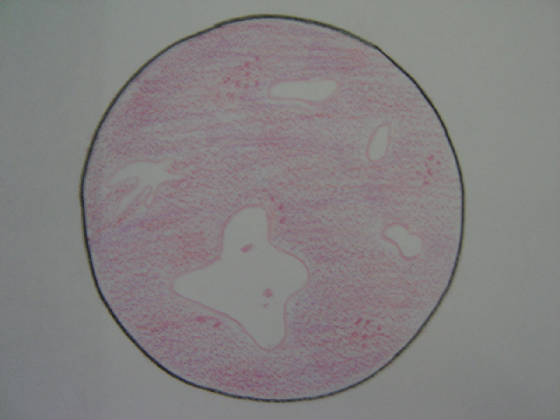|
The spinal cord is an information pathway originating at the brain and extending about 45 cm along
a spinal column, connecting the central nervous system to the peripheral nervous system. The brain and spinal cord are both
part of the central nervous system, while all other components are part of the peripheral nervous system. The spinal column
consists of bones called vertebrae which are made up of 31 sections: 8 cervical, 12 thoracic, 5 lumbar, 5 sacral, and 1 coccygeal.
Although it is rather flexible, the spinal column contains fused vertebrae near the bottom for structure. This vertebral column
protects the delicate spinal cord which is made up of nerve cells and has nerve branches extending from it at each level.
Wrapped around the spinal cord are three membranes known as meninges. Inside the spinal cord is cerebrospinal fluid which
is surrounded by grey matter, and even further surround by white matter. Nearly all voluntary muscles below the head depend
on control of the spinal cord, which carries sensory signals and motor activity to most of the body’s skeletal muscles.
It is receptors in the skin that send information to the spinal cord through spinal nerves. Sensory information travels towards
the back side of the spinal cord, while motor information is carried in the frontal side.
|






